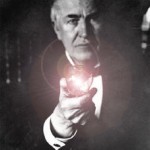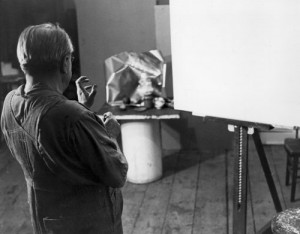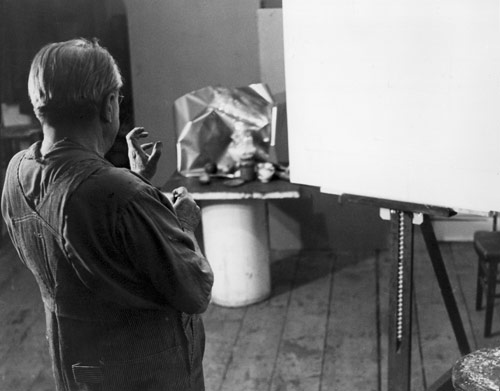MySelf: Leadership evolves.
MiniMe: What does it evolve?
MySelf: Humanity, the species. Leadership evolves the leader and everyone it touches.
MiniMe: (In a truly curious, if overly polite, tone) Say more, please.
MySelf: Leaders cause us to real-ize, make real, manifest our potential, in the real world, in real ways. They are catalysts. They light a spark. The energy from that spark shifts our capabilities from potential to kinetic. Our potential becomes real, real-ized. Most importantly, leaders direct our potential in evolutionary ways. You know, to make things better.
MiniMe: So, in your definition, Hitler and other destructive leaders are not leaders.
MySelf: No. Hitler was evil, not a leader. It takes more than having followers to be a leader. It takes leading towards and on behalf of evolution, as in this:

MiniMe: Okay, I get it now.
MySelf: Good. Because leadership, so defined, has other implications.
MiniMe: What might those be?
MySelf: Well, before I answer that question, tell me this. Are you ready to hear:
You’re wrong about leadership and the way you think about it?
You’re wrong about leadership and the way you define it?
You’re wrong about leadership because you focus on identifying attributes, behaviors, ad nauseum?
MiniMe: Huh?
MySelf: You spout all this stuff about emotional intelligence, business acumen, blah, blah, blah… Well, maybe those things matter to some degree, but let’s take a peek at one of your most revered leaders of this era, Steve Jobs. He was not known for his kindness, caring, or gentleness with people.
He was focused on the future, on bringing a vision to fruition. Those who could and would help, who were willing to give it their all, to push themselves, were valued. The rest? Not so much. He could be brutal when people did less than they could. He was for and about creating a future. He could be ruthless…or kind…or whatever was needed, on behalf of that future.
MiniMe: I’m beginning to see. But what about getting people to follow? Doesn’t the leader have to know how to get people to use their potential on behalf of the vision?
MySelf: Yes, but no one style works best for all leaders and all followers all the time. If people know your intention is to bring out their potential, you can, at times, be brutally straightforward, if that’s what’s called for, at that moment, with that person. Why? Because you are not being brutal with the best in them. You are being brutal to their ego, to get it out of the way, to stop it from interfering. On the other hand, sometimes it’s best to be gentle, because maybe the person’s potential has been injured and is waiting to be invited. A leader does what’s called for in each situation.

One more thing about leadership. You all don’t place enough value on the artist’s sensibilities. Look at that picture of Edison holding the light bulb again. It’s beautiful in it’s simplicity. Steve Jobs had a sense for aesthetics. It was present always, in the look of Apple’s products, in their store and in that famous black turtleneck worn against the black backdrop. Did you know that font variety was Apple’s most defining competitive feature when the company first launched its products? Did you know that when Steve Jobs dropped out of college, he took a course in calligraphy?
Fear not the blank canvas for the leader is an artist who paints the future, inspiring others to make it real.


